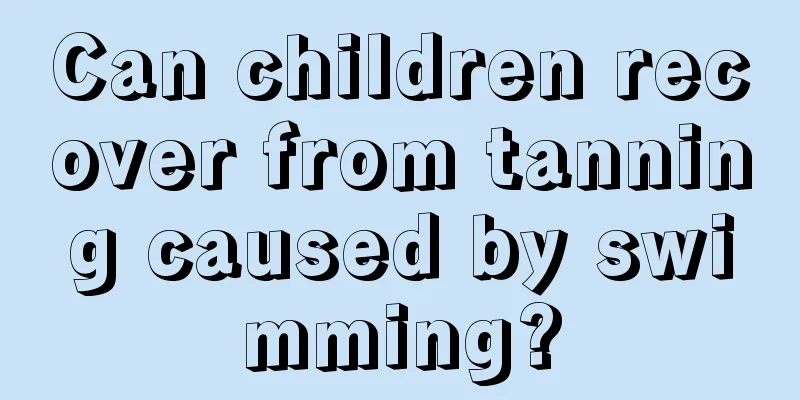What causes high platelet count in children?

|
Each of us has platelets in our blood. There is a normal range for platelets. If the platelet count is too low or too high, it will cause many diseases, such as leukemia, anemia, etc. So what is the reason for high platelet count in children? Let’s take a look at the reasons why children have high platelets. High platelet count can be caused by many situations. For normal people, the platelet count generally fluctuates by 6%-10% a day. It is lower in the morning and slightly higher in the afternoon. It is lower in spring and slightly higher in winter. It is higher in plateau areas, increases after menstruation, and increases after exercise. For pathological myeloproliferative diseases, essential thrombocythemia, acute hemolysis, and acute suppurative infection, you should observe carefully first and then check again after a while. If the level is still high, you need to find out the cause. The inflammatory response of a person under the influence of certain inflammatory factors can lead to an increase in platelets, while other values are normal. The normal platelet count of a human is 100-300*10^9/L. For people whose count is slightly higher than the normal value, if other values are normal and there are no symptoms, there is generally no problem. It is just that platelets are involved in blood coagulation, so a higher value will increase the possibility of thrombosis. Thrombocytosis: When >400x109/L, it is thrombocytosis. Primary thrombocytosis is common in myeloproliferative diseases, such as chronic myeloid leukemia, polycythemia vera, essential thrombocythemia, etc.; reactive thrombocytosis is common in patients with acute and chronic inflammation, iron deficiency anemia and cancer. This type of increase generally does not exceed 500×109/L. The situation improves after treatment, and the platelet count will quickly drop to normal levels. Guidance: Essential thrombocythemia is common in myeloproliferative diseases, such as chronic myeloid leukemia, polycythemia vera, essential thrombocythemia, etc.; reactive thrombocythemia is common in patients with acute and chronic inflammation, iron deficiency anemia and cancer. This type of increase generally does not exceed 500×109/L. The situation improves after treatment, and the platelet count will quickly drop to normal levels. The normal platelet count is 100~300. The baby's platelet count is 347, which is a mild increase. It is mostly reactive thrombocytosis, which is common in acute and chronic inflammation, iron deficiency anemia, etc. This type of increase generally does not exceed 500. After treatment, the platelet count will quickly return to normal levels. In fact, many inflammations in the body can easily cause high platelet counts in children, because children are relatively weak and their ability to resist disease is slightly worse than that of adults. So when we find that our children are unwell, we must pay more attention, discover and treat in time, and take our children to the hospital for regular physical examinations to ensure their health. |
<<: What diseases can high platelet count lead to?
>>: Why do children refuse to eat?
Recommend
Jaundice index at 9 months
Neonatal jaundice is a relatively common disease....
How to treat a child's trachea
It is common for children to have poor trachea in...
What to do if baby has red spots on his buttocks
Now that people's living conditions have impr...
What movements can a 4-month-old baby do?
Every change in the baby after birth is watched b...
What are the psychological counseling methods for children with ADHD?
Parents nowadays tend to dote on their children a...
Which material is better for baby food pot
When preparing food for your baby, the pots, pans...
Treatment of pseudomyopia in children
What is the method to treat pseudomyopia in child...
How to care for the newborn's genitals
For newborn baby girls, genital care is very impo...
Principles of dehydration rehydration
The principle of dehydration rehydration is fast ...
What is the disease when the baby has a fever and convulsions?
Before I became a parent, I didn’t know how to ra...
What is the reason for the baby's front teeth to turn black?
Teeth are the basis for us to chew food and also ...
There is a bump on the back of my head, what's going on?
Many new mothers don’t know what to do when their...
What kind of milk is good for children to drink before bedtime?
Milk is a very nutritious food. Many dairy produc...
How to identify a child with a yellow complexion
Under normal circumstances, people's faces ar...
What to do if your child has eye bleeding
The eyes are the windows to the soul. It is becau...









